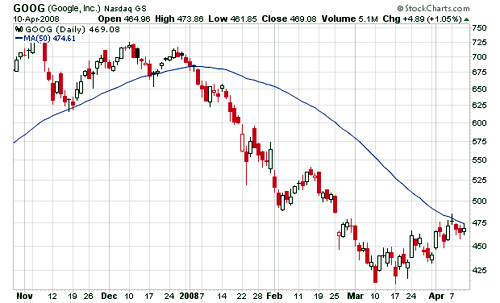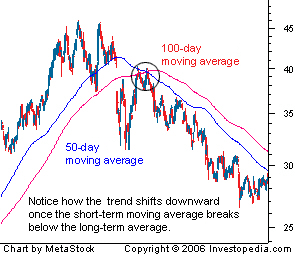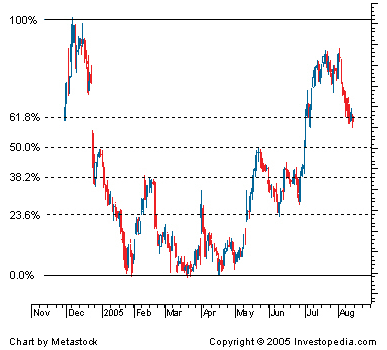EM – emerging market
Nigeria, depends on oil – revive the economy – reform, or suffer through low
oil price environment
China and India – benefit from low oil prices. Importers of oil.
Oil prices will recover, by next year or the year after, by 80 to 90 dollars. Fracking, what happens in US, will wind down, - under water prices not beneficial.
The positive coming out from low oil prices are short lived? – Countries with low oil prices, cut subsidy on gasoline and diesel, china. India, Indonesia. Recovery, local population will be ready for higher prices of diesel. Reformed measures
China and India – benefit from low oil prices. Importers of oil.
Oil prices will recover, by next year or the year after, by 80 to 90 dollars. Fracking, what happens in US, will wind down, - under water prices not beneficial.
The positive coming out from low oil prices are short lived? – Countries with low oil prices, cut subsidy on gasoline and diesel, china. India, Indonesia. Recovery, local population will be ready for higher prices of diesel. Reformed measures
Turkish finance minister – huge impact on his current
account – Russia, devastation to its economy –long short trades – benefits and
loses out?
Middle East – lots of reserves, can suffer through low prices, Africa depends on high oil prices bad side of this trade. Asia, most countries, e.g. Indonesia – producer and net exporter too. Latin America, Colombia, Brazil, Argentina – suffer, oil exporters, and suffer temporarily.
Will oil prices go down to $40 per barrel? – I doubt it, though there could be movement mainly because of shorting of oil futures – or financial manipulation.
Russia: political change in Moscow? – price could go down further – Russian government warned people – controls of currency outflow to limit volatility, - politically, not much difference, the population is ready – Ukraine, behind Putin, according to latest polls.
None of these sanctions, we would be in Russia, Russia is so cheap, now in oil sector – Asian countries e.g. China, Thailand, Malaysia, South Korea, going to benefit on this.
Asian investment stories – believe the numbers? – Absolute numbers are higher. Percentage numbers, lower. Because you got a bigger base. In 2010, economy was growing at 10%, last year was 7%, from a larger base, a smaller percentage creates a greater economic impact – electricity production consumption, going up, but percentage change is much smaller –
Middle East – lots of reserves, can suffer through low prices, Africa depends on high oil prices bad side of this trade. Asia, most countries, e.g. Indonesia – producer and net exporter too. Latin America, Colombia, Brazil, Argentina – suffer, oil exporters, and suffer temporarily.
Will oil prices go down to $40 per barrel? – I doubt it, though there could be movement mainly because of shorting of oil futures – or financial manipulation.
Russia: political change in Moscow? – price could go down further – Russian government warned people – controls of currency outflow to limit volatility, - politically, not much difference, the population is ready – Ukraine, behind Putin, according to latest polls.
None of these sanctions, we would be in Russia, Russia is so cheap, now in oil sector – Asian countries e.g. China, Thailand, Malaysia, South Korea, going to benefit on this.
Asian investment stories – believe the numbers? – Absolute numbers are higher. Percentage numbers, lower. Because you got a bigger base. In 2010, economy was growing at 10%, last year was 7%, from a larger base, a smaller percentage creates a greater economic impact – electricity production consumption, going up, but percentage change is much smaller –
Biggest concern for emerging markets – biggest concern is volatility – incredible swings – we love volatility, could be good or bad – buy lower and sell high e.g. Volatility is bad for investors who are not in the market, not active, lose out on opportunities to invest – volatility is greatest concern we have right now.


